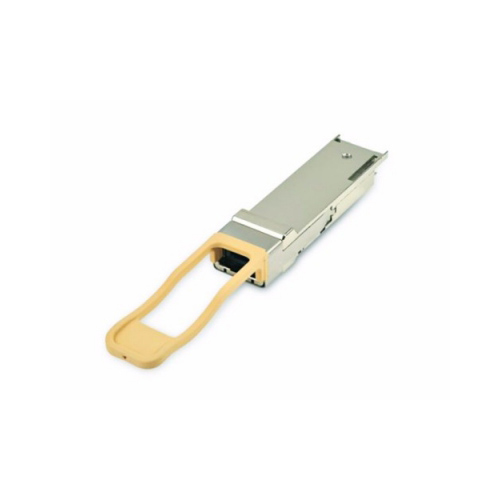The rapid expansion of fiber optic networks, including data services measured in data volume or bandwidth, indicates that fiber optic transmission technology is and will continue to be an important part of future network systems. Network designers are increasingly comfortable with fiber optic solutions, as using fiber optic solutions enables more flexible network architectures and other benefits such as EMI (electromagnetic interference) resiliency and data security. Fiber optic transceivers play a very important role in these fiber optic connections. When designing a fiber optic transceiver, there are three aspects to consider: environmental conditions, electrical conditions, and optical performance.
What is a fiber optic transceiver?

A fiber optic transceiver is an independent component that transmits and receives signals. Typically, it plugs into a device that provides one or more transceiver module slots, such as a router or network interface card. The transmitter takes electrical input and converts it to light output from a laser diode or LED. Light from the transmitter is coupled into the fiber through the connector and transmitted through the fiber optic cable device. The light from the end of the fiber is then coupled to a receiver, where a detector converts the light into an electrical signal, which is then appropriately conditioned for use by the receiving device.
Design Considerations
Fiber optic links can indeed handle higher data rates over longer distances compared to copper wire solutions, which has driven the wider use of fiber optic transceivers. When designing fiber optic transceivers, the following aspects should be considered.
Environmental condition
One challenge comes from outside weather—especially severe weather at high or exposed heights. These components must operate under extreme environmental conditions and over a wider temperature range. A second environmental concern related to fiber optic transceiver design is the motherboard environment that includes system power consumption and thermal characteristics.
A major advantage of fiber optic transceivers is their relatively low electrical power requirements. However, this low power consumption does not exactly mean that thermal design can be ignored when assembling host configurations. Sufficient ventilation or airflow should be included to help dissipate thermal energy expelled from the module. Part of this requirement is met by a standardized SFP cage mounted on the motherboard, which also acts as a thermal energy conduit. The case temperature reported by the Digital Monitor Interface (DMI) when the mainframe is operating at its maximum design temperature is the ultimate test of the effectiveness of the overall system thermal design.
Electrical conditions
Essentially, a fiber optic transceiver is an electrical device. In order to maintain error-free performance of data passing through the module, the power supply to the module must be stable and noise-free. More importantly, the power supply driving the transceiver must be properly filtered. Typical filters are specified in the Multi-Source Agreement (MSA), which guided the original design of these transceivers. One such design in the SFF-8431 specification is shown below.
Optical properties
Optical performance is measured in bit error rate or BER. The problem with designing an optical transceiver is that the optical parameters of the transmitter and receiver must be controlled so that any possible attenuation of the optical signal as it travels down the fiber does not result in poor BER performance. The main parameter of interest is the BER of the complete link. That is, the starting point of the link is the source of the electrical signal that drives the transmitter, and at the end, the electrical signal is received by the receiver and interpreted by the circuitry in the host. For those communication links using optical transceivers, the main goal is to guarantee BER performance over different link distances and to ensure broad interoperability with third-party transceivers from different vendors.
Post time: Jun-28-2022

